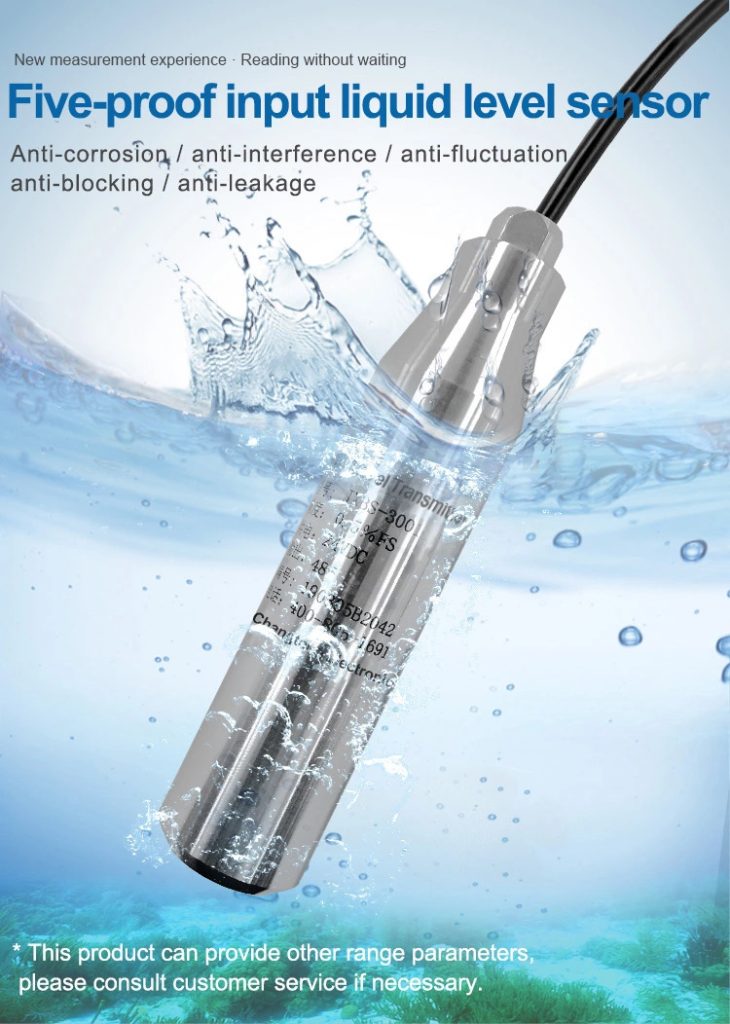IoT Water Level Sensor

IoT water level sensor are devices that monitor water levels in tanks, reservoirs, wells, and other bodies of water, and transmit this data wirelessly to a central database or platform for analysis and action. These sensors offer a range of benefits over traditional water level monitoring methods, such as manual measurement or float switches, which are labor-intensive, error-prone, and often limited in their scope and accuracy.
The main advantages of IoT water level sensor
One of the main advantages of IoT water level sensors is their ability to provide real-time data on water levels, allowing water managers to respond quickly to changes in supply and demand, and avoid overflows, leaks, or shortages. This data can be visualized on dashboards or mobile apps, enabling stakeholders to view water usage patterns, detect trends, and make informed decisions about allocation and conservation.
IoT water level sensors can also improve the efficiency of water distribution systems, by optimizing the timing and volume of water supply to meet local needs. For example, in agriculture, sensors can be used to assess soil moisture levels, and automatically irrigate crops when necessary, reducing waste and maximizing productivity. Similarly, in urban areas, sensors can help utilities to identify leaks or inefficient appliances, and offer incentives for customers to conserve water through pricing or educational campaigns.

Moreover, IoT water level sensors can enhance the safety and reliability of drinking water supplies, by identifying and alerting operators to potential contaminants or malfunctioning equipment. By detecting changes in water quality or pressure, sensors can trigger alarms and shut off valves to prevent contamination or damage to infrastructure.
IoT water level sensor are also cost-effective solutions for water management, as they require minimal maintenance, use low-power wireless connectivity, and can be integrated with existing systems without major retrofits. Additionally, by reducing the need for manual inspections or data entry, sensors can save time and labor costs, and free up personnel to focus on other tasks.
Despite their many benefits, IoT water level sensors face some challenges and limitations that need to be addressed in order to ensure their widespread adoption and effectiveness. One of the main issues is data security and privacy, as the transmission and storage of sensitive information requires strong encryption and authentication measures to prevent unauthorized access or hacking. Additionally, the accuracy and reliability of sensors can be affected by environmental factors such as temperature, humidity, or interference from other devices, which may require calibration or adjustment.
Another challenge is the need for interoperability and standardization of sensor technologies, protocols, and data formats, to enable seamless integration across different platforms and devices, and avoid vendor lock-in or fragmentation. This requires collaboration and coordination among industry stakeholders, governments, and researchers, to develop common frameworks and guidelines for IoT water level sensors.
In conclusion
IoT water level sensors are an innovative and promising technology that can transform the way we manage and use water resources. By providing real-time data, optimizing distribution, enhancing safety, and reducing costs, sensors offer a range of benefits to various sectors and stakeholders involved in water management. However, to fully realize the potential of IoT water level sensors, it is important to address their challenges and ensure their compatibility, security, and reliability, through concerted efforts and partnerships.